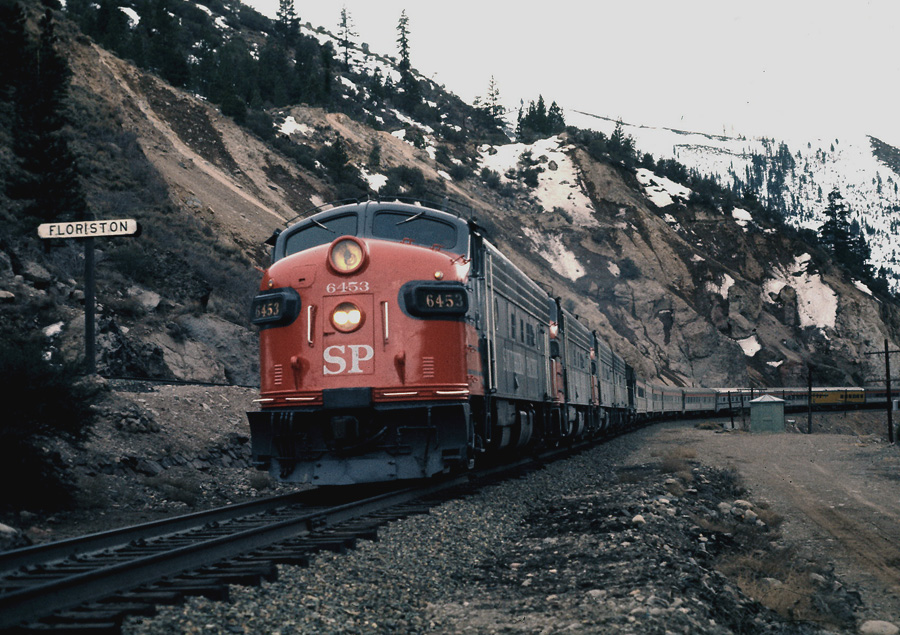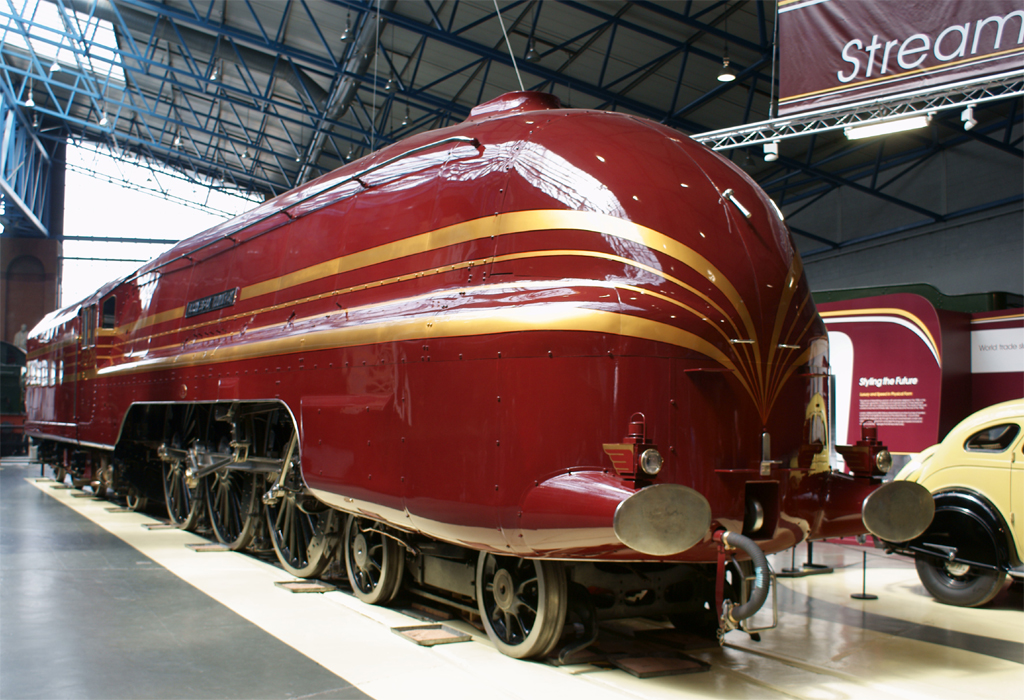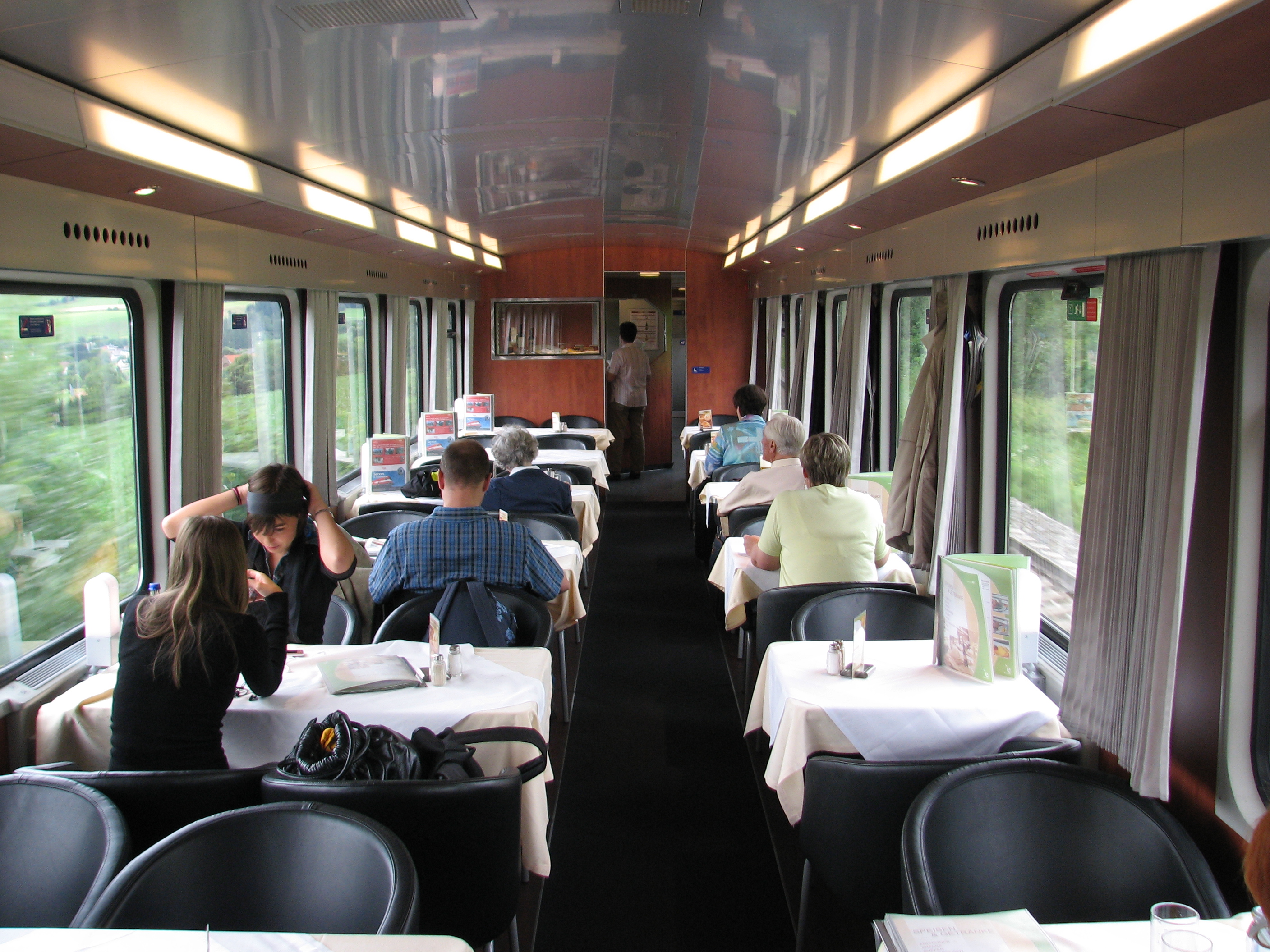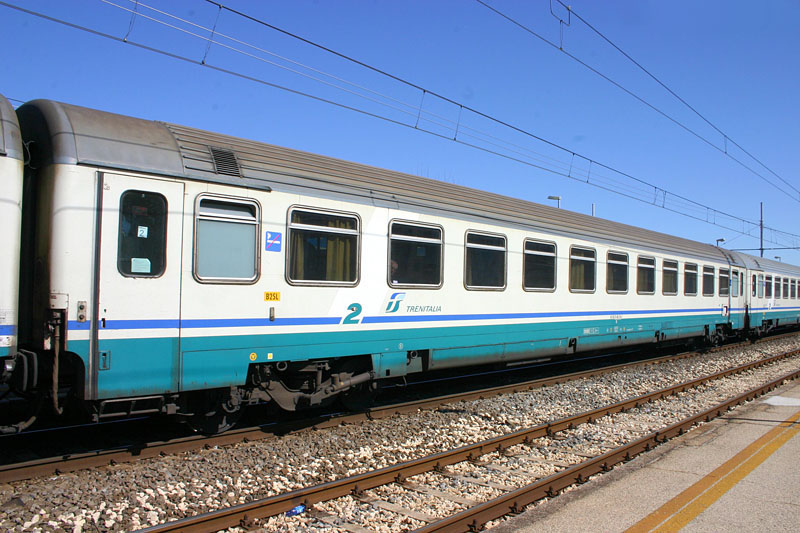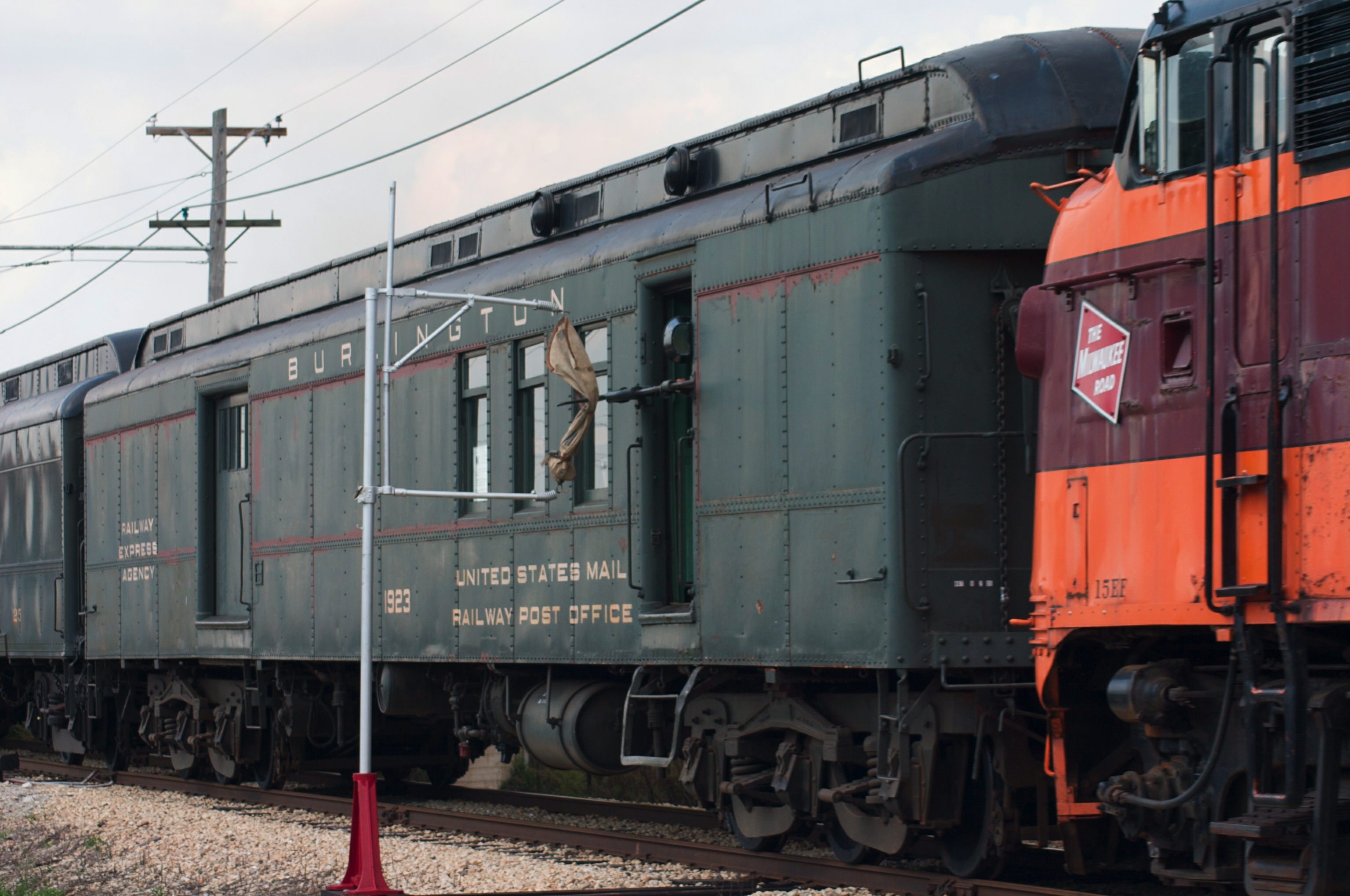|
Choctaw Rocket
The ''Choctaw Rocket'' was a named passenger train operated by the Chicago, Rock Island and Pacific Railroad between Memphis, Tennessee, Little Rock, Oklahoma City, and Amarillo. Initially designated as train No. 51 (westbound) and train No. 52 (eastbound), it was the first diesel powered streamliner to operate out of Memphis, Tennessee, as well as the first streamliner service in the state of Arkansas. History The ''Choctaw Rocket'' followed a railway built by the Choctaw, Oklahoma and Gulf Railroad between 1900 and 1902, informally known as the Choctaw Route. The CO&G and its railways were purchased by the Rock Island railroad in 1902. A predecessor train, along the same route, and having the numbers #51/52, had the name, ''Chocktaw Limited'' in the 1930s. After an inaugural tour at cities along the route, the ''Choctaw Rocket'' entered regular service on November 17, 1940. The original locomotive and car assignments for the two ''Choctaw Rocket'' sets of equipment in ... [...More Info...] [...Related Items...] OR: [Wikipedia] [Google] [Baidu] |
Inter-city Rail
Inter-city rail services are Express train, express trains that run services that connect cities over longer distances than Commuter rail, commuter or Regional rail, regional trains. They include rail services that are neither short-distance commuter rail trains within one city area nor slow regional rail trains stopping at all stations and covering local journeys only. An inter-city train is typically an express train with limited stops and comfortable carriages to serve long-distance travel. Inter-city rail sometimes provides international services. This is most prevalent in Europe because of the proximity of its 50 countries to a 10,180,000-square-kilometre (3,930,000-square-mile) area. Eurostar and EuroCity are examples. In many European countries, the word InterCity or Inter-City is an official brand name for a network of regular-interval and relatively long-distance train services that meet certain criteria of speed and comfort. That use of the term appeared in the United ... [...More Info...] [...Related Items...] OR: [Wikipedia] [Google] [Baidu] |
Choctaw, Oklahoma And Gulf Railroad
The Choctaw, Oklahoma and Gulf Railroad (CO&G), known informally as the "Choctaw Route," was an American railroad in the states of Arkansas and Oklahoma. Origins The company, originally known as the Choctaw Coal and Railway Company, completed its main line between West Memphis, Arkansas, and western Oklahoma by 1900. In 1901 the CO&G chartered a subsidiary company, the Choctaw, Oklahoma and Texas Railroad, to continue construction west into the Texas panhandle, and by 1902 the railroad had extended as far west as Amarillo, Texas, Amarillo. Tecumseh Railway Following the CO&G's construction from McAlester, Oklahoma, McAlester to Oklahoma City, Oklahoma, Oklahoma City through the town of Shawnee, Oklahoma, Shawnee in 1895, the Tecumseh Railway was incorporated under the laws of Oklahoma Territory on August 20, 1896. That same year, the Tecumseh built 5.2 miles of rail from a junction near Shawnee to Tecumseh, Oklahoma, which at that time was acting as the county seat. The Tecums ... [...More Info...] [...Related Items...] OR: [Wikipedia] [Google] [Baidu] |
Southern Pacific Railroad
The Southern Pacific (or Espee from the railroad initials) was an American Railroad classes#Class I, Class I Rail transport, railroad network that existed from 1865 to 1996 and operated largely in the Western United States. The system was operated by various companies under the names Southern Pacific Railroad, Southern Pacific Company and Southern Pacific Transportation Company. The original Southern Pacific began in 1865 as a land holding company. The last incarnation of the Southern Pacific, the Southern Pacific Transportation Company, was founded in 1969 and assumed control of the Southern Pacific system. The Southern Pacific Transportation Company was acquired in 1996 by the Union Pacific Corporation and merged with their Union Pacific Railroad. The Southern Pacific legacy founded hospitals in San Francisco, Tucson, Arizona, Tucson, and Houston. In the 1970s, it also founded a telecommunications network with a state-of-the-art microwave and fiber optic backbone. This telec ... [...More Info...] [...Related Items...] OR: [Wikipedia] [Google] [Baidu] |
Tucumcari, New Mexico
Tucumcari (; ) is a city in and the county seat of Quay County, New Mexico, United States. The population was 5,278 at the 2020 census. Tucumcari was founded in 1901, two years before Quay County was established. History In 1901, the Chicago, Rock Island and Pacific Railroad built a construction camp in the western portion of modern-day Quay County. Originally called Ragtown, the camp became known as "Six Shooter Siding", due to numerous gunfights. Its first formal name, Douglas, was used only for a short time. After it grew into a permanent settlement, it was renamed Tucumcari in 1908. The name was taken from Tucumcari Mountain, which is situated near the community. The origin of the mountain's name is uncertain; it may have been derived from the Comanche word ''tʉkamʉkarʉ'', which means "ambush". A 1777 burial record mentions a Comanche woman and her child captured in a battle at Cuchuncari, which is believed to be an early version of the name Tucumcari. A folk etymolog ... [...More Info...] [...Related Items...] OR: [Wikipedia] [Google] [Baidu] |
Pullman Standard
The Pullman Company, founded by George Pullman, was a manufacturer of railroad cars in the mid-to-late 19th century through the first half of the 20th century, during the boom of railroads in the United States. Through rapid late-19th century development of mass production and takeover of rivals, the company developed a virtual monopoly on production and ownership of sleeping cars. During a severe economic downturn, the 1894 Pullman Strike by company workers proved to be a transformative moment in American labor history. At the company's peak in the early 20th century, its cars accommodated 26 million people a year, and it in effect operated "the largest hotel in the world". Its production workers initially lived in a planned worker community, known as a company town, named Pullman, Chicago. Pullman developed the sleeping car, which carried his name into the 1980s. Pullman did not just manufacture the cars, it also operated them on most of the railroads in the United State ... [...More Info...] [...Related Items...] OR: [Wikipedia] [Google] [Baidu] |
Streamliner
A streamliner is a vehicle incorporating streamlining in a shape providing reduced air resistance. The term is applied to high-speed railway trainsets of the 1930s to 1950s, and to their successor " bullet trains". Less commonly, the term is applied to fully faired upright and recumbent bicycles. As part of the Streamline Moderne trend, the term was applied to passenger cars, trucks, and other types of light-, medium-, or heavy-duty vehicles, but now vehicle streamlining is so prevalent that it is not an outstanding characteristic. In land speed racing, it is a term applied to the long, slender, custom built, high-speed vehicles with enclosed wheels. Trains Before World War II Europe * Germany, 1930: The first high-speed streamliner in Germany was the '' Schienenzeppelin'', an experimental propeller-driven single car, built in 1930. On 21 June 1931, the car set a speed record of on a run between Berlin and Hamburg. In 1932 the propeller was removed and a h ... [...More Info...] [...Related Items...] OR: [Wikipedia] [Google] [Baidu] |
Observation Car
An observation car/carriage/coach (in US English, often abbreviated to simply observation or obs) is a type of railroad Passenger car (rail), passenger car, generally operated in a passenger train as the rearmost carriage, with windows or a platform on the rear of the car for passengers' viewing pleasure. The cars were nearly universally removed from service on American railroads beginning in the 1950s as a cost-cutting measure in order to eliminate the need to "turn" the trains when operating out of stub-end terminals. The Push-pull train, push-pull mode of operation removes this limitation. In Europe, various trains are now fitted with observation cars at either or both ends. Configuration The main spotting feature of observation cars is at the "B" end (tail) of the car; the walls of lightweight and streamlined cars usually round together to form a tapered U shape, smoothly or with a door, and larger panoramic windows were installed all around the end of the car. On older heav ... [...More Info...] [...Related Items...] OR: [Wikipedia] [Google] [Baidu] |
Dining Car
A dining car (American English) or a restaurant car (British English), also a diner, is a passenger railroad car that serves meals in the manner of a full-service, sit-down restaurant. These cars provide the highest level of service of any railroad food service car, typically employing multiple servers and kitchen staff members. Consequently, they are the most expensive to operate. It is distinct from other railroad food service cars that do not duplicate the full-service restaurant experience, such as buffet cars, cars in which one purchases food from a walk-up counter to be consumed either within the car or elsewhere in the train. Grill cars, in which customers sit on stools at a counter and purchase and consume food cooked on a grill behind the counter are generally considered to be an "intermediate" type of dining car. History United States Before dining cars in passenger trains were common in the United States, a rail passenger's option for meal service in transit was t ... [...More Info...] [...Related Items...] OR: [Wikipedia] [Google] [Baidu] |
Sleeping Car
The sleeping car or sleeper (often ) is a railway passenger car (rail), passenger car that can accommodate all passengers in beds of one kind or another, for the purpose of sleeping. George Pullman was the main American innovator and owner of sleeper cars in the late 19th and early 20th centuries when railroads dominated intercity passenger travel. The first such cars saw sporadic use on American and English railways in the 1830s; they could be configured for Coach (rail), coach seating during the day. History Possibly the earliest example of a sleeping car (or ''bed carriage'', as it was then called) was on the London & Birmingham and Grand Junction Railways between London and Lancashire, England. The bed carriage was first made available to first-class passengers in 1838. In the spring of 1839, the Cumberland Valley Railroad pioneered sleeping car service in the United States with a car named "Chambersburg", between Chambersburg, Pennsylvania, Chambersburg, Pennsylvania and ... [...More Info...] [...Related Items...] OR: [Wikipedia] [Google] [Baidu] |
Coach (rail)
A passenger railroad car or passenger car (American English), also called a passenger carriage, passenger coach (British English and International Union of Railways), or passenger bogie (Indian English) is a railroad car that is designed to carry passengers, usually giving them space to sit on train seats. The term ''passenger car'' can also be associated with a sleeping car, a baggage car, a dining car, railway post office and prisoner transport cars. The first passenger cars were built in the early 1800s with the advent of the first railroads, and were small and little more than converted freight cars. Early passenger cars were constructed from wood; in the 1900s construction shifted to steel and later aluminum for improved strength. Passenger cars have increased greatly in size from their earliest versions, with modern bi-level passenger cars capable of carrying over 100 passengers. Amenities for passengers have also improved over time, with developments such as lighting, he ... [...More Info...] [...Related Items...] OR: [Wikipedia] [Google] [Baidu] |
Baggage Car
A passenger railroad car or passenger car (American English), also called a passenger carriage, passenger coach (British English and International Union of Railways), or passenger bogie (Indian English) is a railroad car that is designed to carry passengers, usually giving them space to sit on train seats. The term ''passenger car'' can also be associated with a sleeping car, a baggage car, a dining car, railway post office and prisoner transport cars. The first passenger cars were built in the early 1800s with the advent of the first railroads, and were small and little more than converted freight cars. Early passenger cars were constructed from wood; in the 1900s construction shifted to steel and later aluminum for improved strength. Passenger cars have increased greatly in size from their earliest versions, with modern bi-level passenger cars capable of carrying over 100 passengers. Amenities for passengers have also improved over time, with developments such as lighti ... [...More Info...] [...Related Items...] OR: [Wikipedia] [Google] [Baidu] |
Railway Post Office
In Canada and the United States, a railway post office, commonly abbreviated as RPO, was a railroad car that was normally operated in passenger service and used specifically for staff to sort mail en route, in order to speed delivery. The RPO was staffed by highly trained Railway Mail Service postal clerks, and was off-limits to the passengers on the passenger train, train. From the middle of the 19th century, many American railroads earned substantial revenues through contracts with the United States Post Office Department, U.S. Post Office Department (USPOD) to carry mail aboard high-speed passenger trains. The Railway Mail Service enforced various standardized designs on RPOs. A number of railway companies maintained nominally unprofitable passenger routes, having found that their financial losses from moving people were more than offset by transporting the mail on such passenger routes. History The world's first official carriage of mail by rail was by the United Kingdom of ... [...More Info...] [...Related Items...] OR: [Wikipedia] [Google] [Baidu] |


